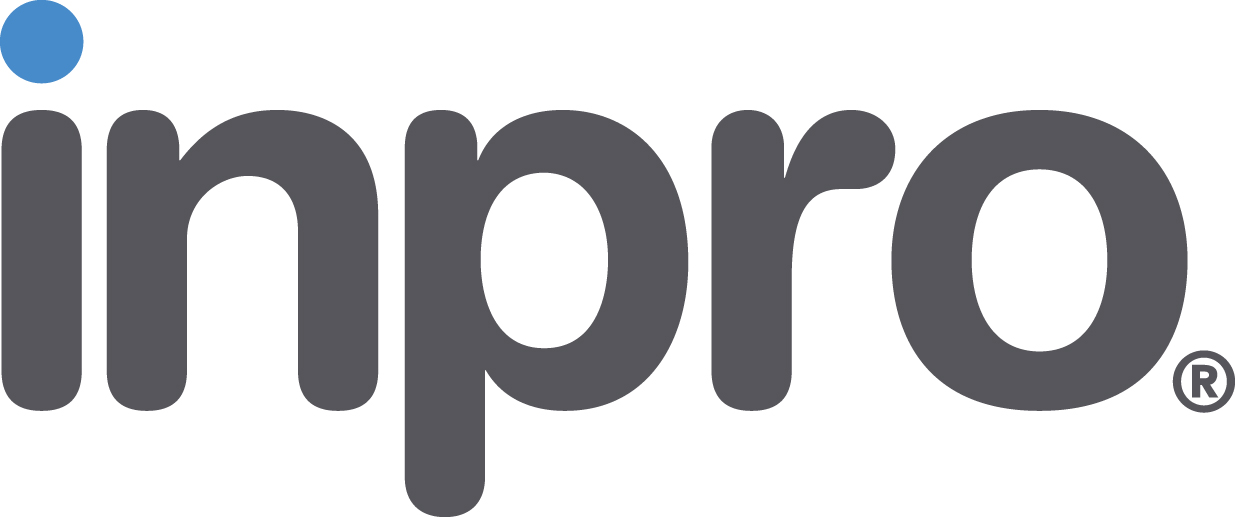Expansion Joint Basics
Learning Objectives:
- Acquire a solid understanding of Expansion Joints and the Architectural Joint Systems that span them.
- Formally discuss the scope of Fire Barrier systems and their application.
- Identify a few of the most common field problems pertaining to joint installations.
- Recognize industry changes that are necessary to ensure the Architect is designing with liability in mind.
Credits:
This course is approved as a Structured Course
This course can be self-reported to the AANB, as per their CE Guidelines
Approved for structured learning
Approved for Core Learning
This course can be self-reported to the NLAA
Course may qualify for Learning Hours with NWTAA
Course eligible for OAA Learning Hours
This course is approved as a core course
This course can be self-reported for Learning Units to the Architectural Institute of British Columbia
Buildings move. Hard to believe, we know. But, buildings and structures react to heat and cold. They can sway in the wind. And when earthquakes come, they can really move!
This course addresses some of the basic knowledge needed to understand the role expansion joint systems play in structural integrity, as well as their compatibility with the function and finishes within the space.
We'll also cover what happens when fire ratings come into play, look at some of the most common field problems you may encounter, and talk about how to reduce liability through improved oversight in expansion joint installations.


|
Matthew Fisher is the senior product manager for JointMaster® Expansion Joint Systems, a division of Inpro®. He has 20 years of experience in architecture, construction management, and building materials management. Trained and serving six years in practice as an architect, Matthew knows the design process and the importance of design intent. His seven years in construction management gave him a depth of expertise and understanding of the rigors and pressures of building projects on time and on budget. Matthew has been the product manager for JointMaster for the past six years, and he enjoys the ability to continue his learning by working with architects and contractors in the field. Matthew holds a Bachelor of Arts in architecture from the University of Wisconsin-Milwaukee. He is a certified LEED Accredited Professional and Construction Document Technologist. |













